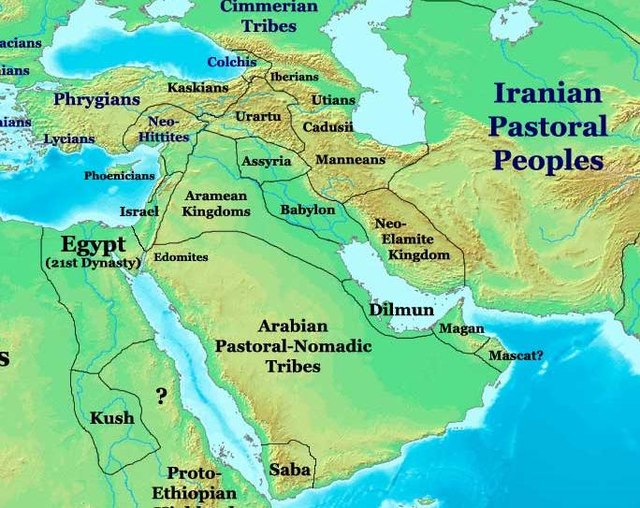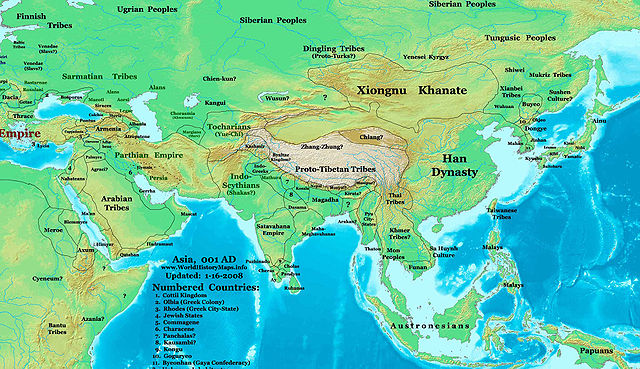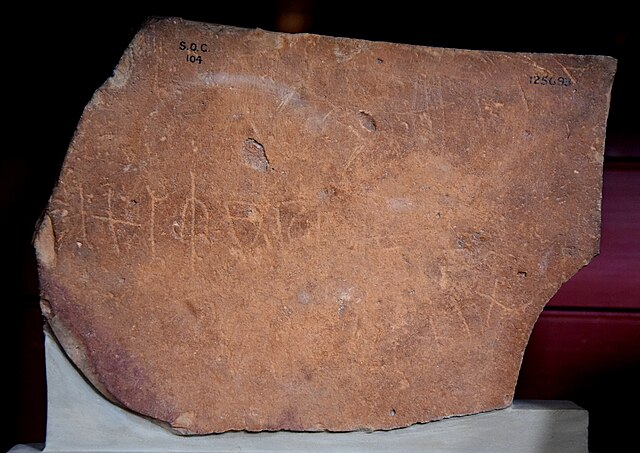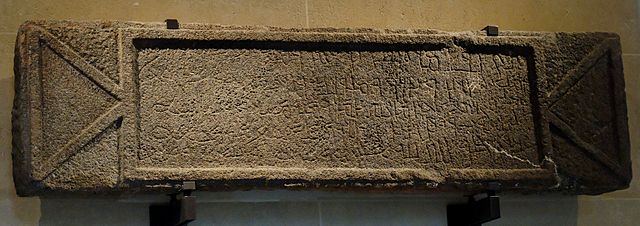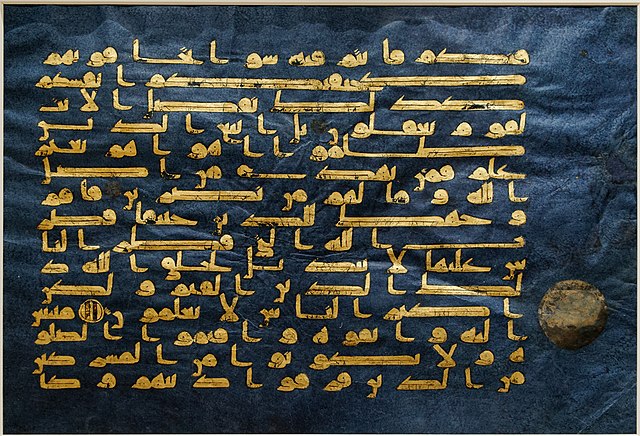Pre-Islamic Arabia, referring to the Arabian Peninsula before Muhammad's first revelation in 610 CE, is referred to in Islam in the context of jahiliyyah, highlighting the prevalence of paganism throughout the region at the time.
Gravestone of a young woman named Aban, portrayed frontally with a raised right hand and a sheaf of a wheat in her left hand, symbolizing fertility. British Museum, London
Dilmun and its neighbors in the 10th century BCE.
Gerrha and its neighbors in 1 CE.
Asia in 600 CE, showing the Sassanid Empire before the Arab conquest.
Arabic is a Central Semitic language of the Afroasiatic language family spoken primarily in the Arab world. The ISO assigns language codes to 32 varieties of Arabic, including its standard form of Literary Arabic, known as Modern Standard Arabic, which is derived from Classical Arabic. This distinction exists primarily among Western linguists; Arabic speakers themselves generally do not distinguish between Modern Standard Arabic and Classical Arabic, but rather refer to both as al-ʿarabiyyatu l-fuṣḥā or simply al-fuṣḥā (اَلْفُصْحَىٰ).
Safaitic inscription
The Namara inscription, a sample of Nabataean script, considered a direct precursor of Arabic script.
Arabic from the Quran in the old Hijazi dialect (Hijazi script, 7th century AD)
The Qur'an has served and continues to serve as a fundamental reference for Arabic. (Maghrebi Kufic script, Blue Qur'an, 9th–10th century)


